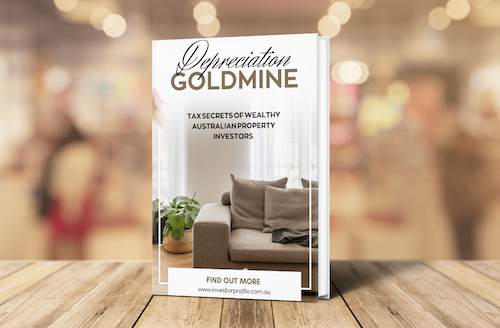Choosing Between Renting a Room in Your Home and Rentvesting
In today’s Australian housing market, homeowners and potential investors are faced with a choice: either rent out a spare room in their principal place of residence (PPOR) or adopt a rentvesting strategy—purchasing an investment property while renting the home they live in. Each option offers its own range of financial benefits, tax considerations, and lifestyle implications.
Side-by-Side Comparison
| Aspect | Renting Out a Room in Your PPOR | Rentvesting |
|---|---|---|
| Definition | You continue living in your home while renting out an available room. | You purchase an investment property (often in a more affordable area) and rent a separate residence for yourself. |
| Rental Income | Income is generated only from the rented room (for example, $515 per week). | You earn rental income from the entire property (for instance, $1,030 per week). |
| Deductible Expenses | Only expenses proportionate to the rented space (e.g. 50%) can be deducted. | All eligible expenses related to the investment property can typically be claimed. |
| Cash Flow | Moderate additional income with shared personal living expenses. | Higher potential rental returns coupled with significant tax deductions. |
| Tax Impact | The net rental income is added to your taxable income. | Expenses can offset income (through negative gearing), although positive gearing may increase taxable income. |
| Capital Gains Tax | A partial exemption applies, meaning CGT is payable on the rented portion. | Full CGT applies unless the six-year rule is taken advantage of. |
| Lifestyle | Offers stability but with reduced flexibility. | Provides greater flexibility in choosing where to live. |
| Equity Growth | Equity builds more slowly in your primary residence. | Leverages investment to potentially accelerate portfolio growth. |
| Complexity | Straightforward setup though with some CGT concessions. | More involved management but offers enhanced returns over time. |
Tax and Capital Gains Insights
Renting a Room in Your PPOR:
When renting out a room, you can claim a proportion of expenses—such as interest, council rates, insurance, and utilities—while you have a tenant in that space. However, this arrangement results in a partial loss of your full CGT exemption, as CGT will be payable on the rented portion when you sell the property.
Rentvesting:
With rentvesting, you are in a position to claim full deductions for all eligible expenses on your investment property. Although you are liable for the full capital gains tax, owning the property for more than a year may qualify you for a 50% CGT discount. Moreover, if you previously resided in the property, the six-year rule might allow for a CGT exemption for that period.
Key Takeaways
- Renting out a room in your PPOR offers a simpler setup with modest additional income, though it reduces your capital gains tax exemption.
- Rentvesting is a more complex financial strategy that can yield higher returns, more tax benefits, and increased flexibility for your living arrangements.
Ultimately, the right choice depends on your personal lifestyle, income stream, and long-term wealth-building strategy. Whether you value simplicity or scalable investment growth, understanding the implications of each option is crucial.
Need personalized advice? Chat with our team to explore which strategy best suits your needs.

Discover the #1 tax secret wealthy Australian property investors use to grow their portfolios faster — even in a high interest rate environment.
- Learn how to turn wear and tear into wealth
- See real examples of $15,000+ first-year deductions
- Understand how to structure your purchases for maximum after-tax ROI
Download Your Free Wealth Building Guide
This ebook reveals how to legally slash your tax bill while building long-term wealth through property. Learn the strategies savvy investors use to gain an edge — even before settlement.
- Maximise tax deductions and improve cash flow
- Understand Division 40 vs 43 and how to claim both
- Position yourself to reinvest and scale faster


